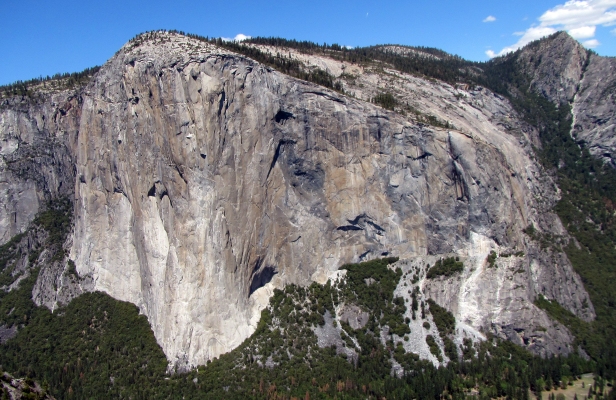by Arianna Soldati, GSA Science Communication Intern – Ph.D. Candidate in Volcanology University of Missouri
“Geology is a fascinating discipline of science, and I am drawn to volcanology in particular,” says Leif Karlstrom, a geology professor at the University of Oregon. Field work supports that fascination, and often makes for humbling experiences, too: “You get a sense of how small you are compared to the structures you are interested in,” reflects Karlstrom. A physicist by training, Karlstrom now specializes in the behavior of complex fluids.
One application of his research is deciphering the eruptive behavior of volcanic systems. Over the years, an incredible amount of descriptive volcanology work has been done: petrologically, structurally, and geochemically. Thanks to that work, we now understand the mechanics of volcanic processes, and we can make predictions that can be tested. “This is where we’ll see a lot of progress in the near future,” says Karlstrom. “It is a very exciting time in volcanology.”
Much like earthquakes, volcanic eruptions are cyclic. Both plate movements and magmatic migration are continuous processes, but the picture we get at the surface is highly episodic. Hence, we have to look at what happens in between – in the crust – to get the full picture. That means studying intrusive igneous bodies.
The vast majority of magma never makes it to the surface, but rather remains inside the crust, where it solidifies into intrusive igneous rocks. Granite is undoubtedly the most famous intrusive igneous rock among the general public. Whether you’ve contemplated it in all its majesty at Yosemite or see it every morning as your kitchen countertop, you are probably familiar with it.

But what can granite intrusions tell us about volcanic processes? Karlstrom was able to relate the size distribution of intrusions to the age of volcanic systems. To do that, he studied the frequency distribution of hundreds of intrusions with different length scales, from thin dykes to large plutons.
The crust slowly warms incrementally with successive magma inputs. Karlstrom discovered that because the crust beneath geologically young (i.e. 10s to 100s of thousands of years) volcanic systems is relatively cold and fragile, eruptive rates closely mimic mantle magma supply rates, with only small intrusions being emplaced. Conversely, the crust beneath older volcanic systems is warmer and more ductile, hence allowing magmatic intrusions to grow bigger and disconnecting mantle magmatic input from surface output.
Karlstrom presented these important results at the 2017 Annual Meeting of the Geological Society of America in Seattle, in an invited talk titled “A reverse energy cascade for crustal magma transport,” as the Nature Geoscience paper which came out right before the conference.
Meetings, he says, are great places to introduce and learn about new research, and of course mingle with colleagues. “Science is a very human thing,” he says. “There is a network you develop, and this happens at meetings.” At this year’s GSA, Karlstrom found talks on the relationship between volcanoes and the KT boundary mass extinction particularly interesting. After all, if volcanoes are involved, he says, it’s going to be intriguing.
***
The GSA Science Communication Internship was a program offered at the GSA Annual Meeting in Seattle, WA, designed for student attendees interested in science communication as a possible alternative career path. Interns were paired with GSA’s Science Communication Fellow in order to gain experience in making science clear and exciting, under the tutelage of a professional writer. Students were assigned to conduct interviews with presenters at the meeting and to compile summaries capturing the significance of the presenters’ work for a non-technical audience. Media assignments and mentoring were useful learning experiences and exposure opportunities for students seeking to expand their knowledge into geoscientific reporting.